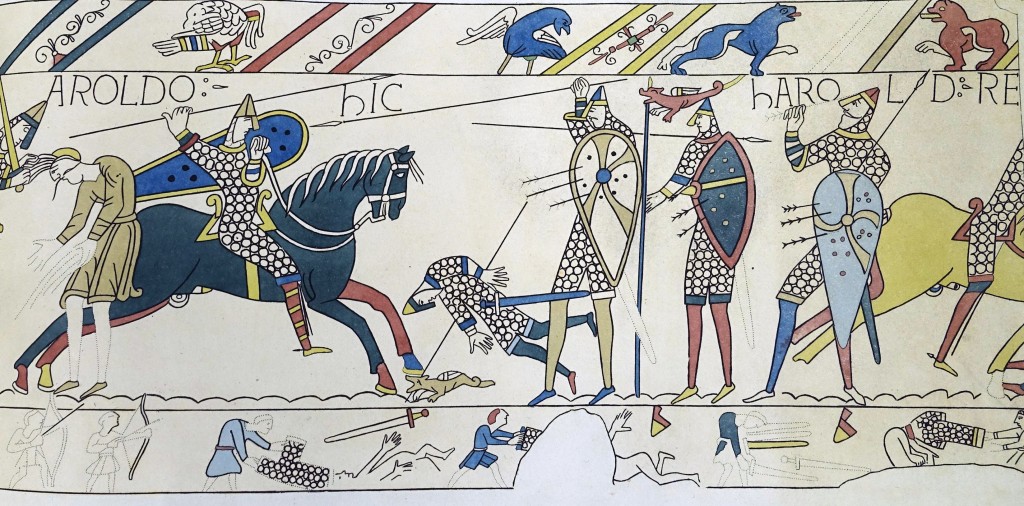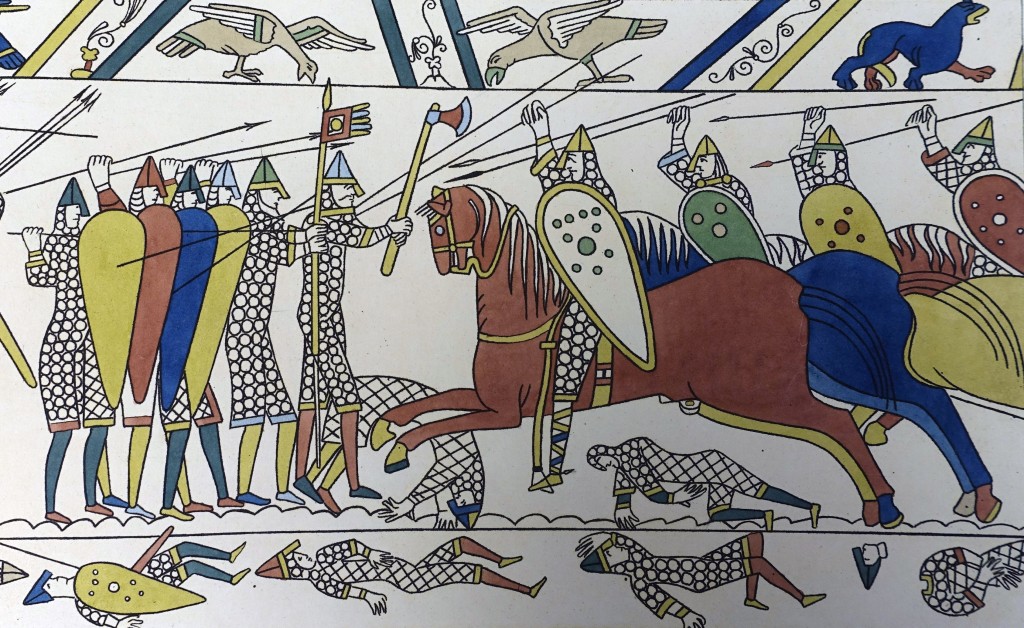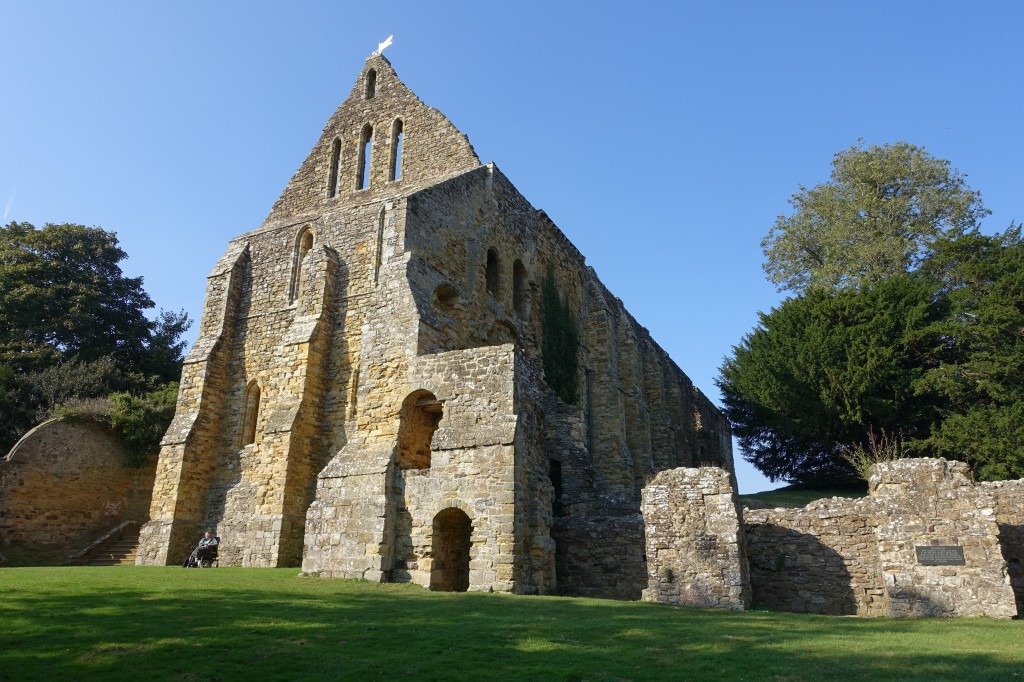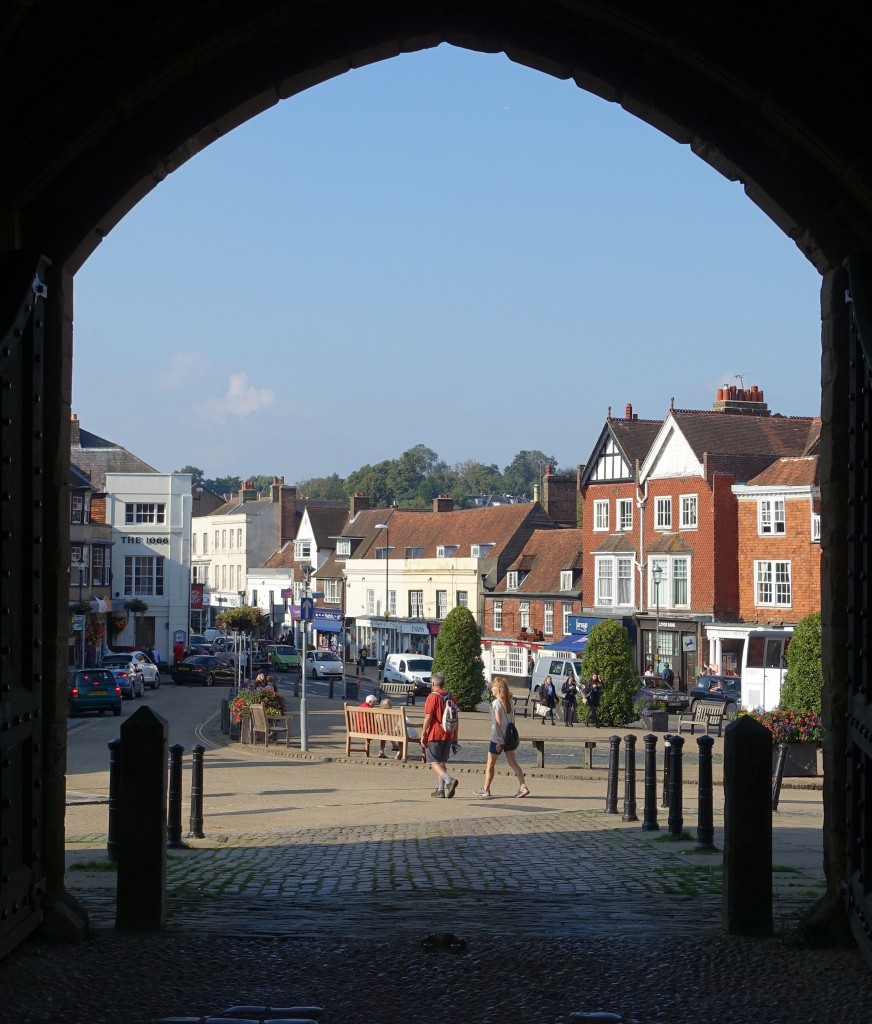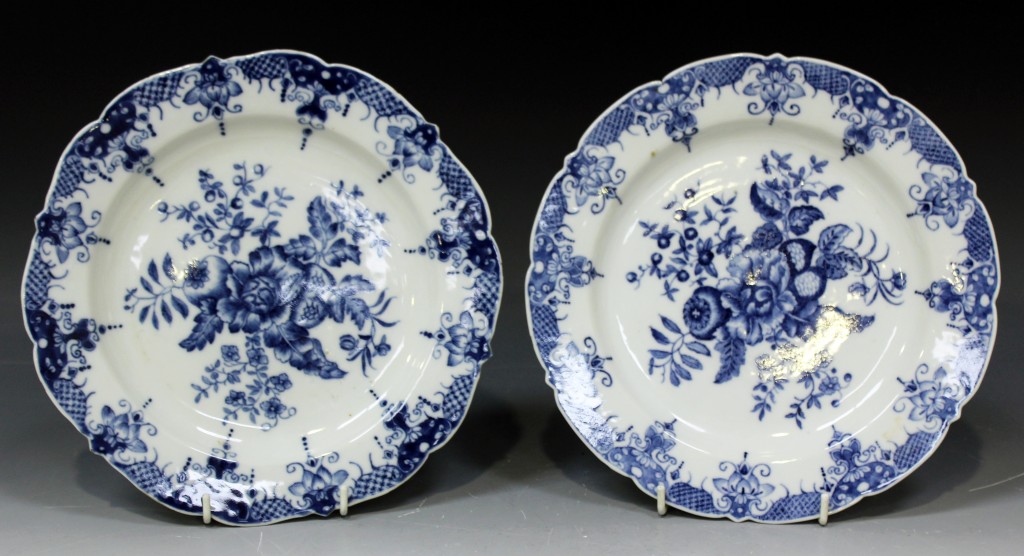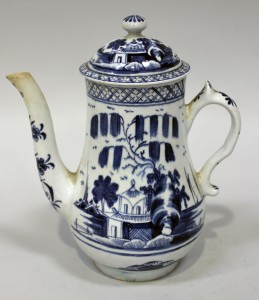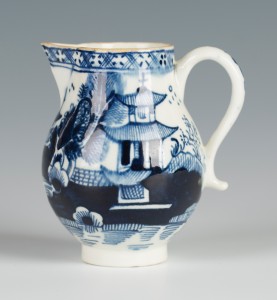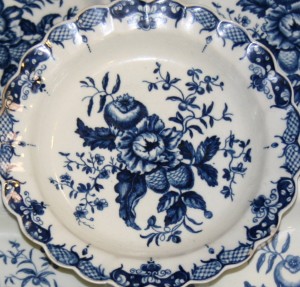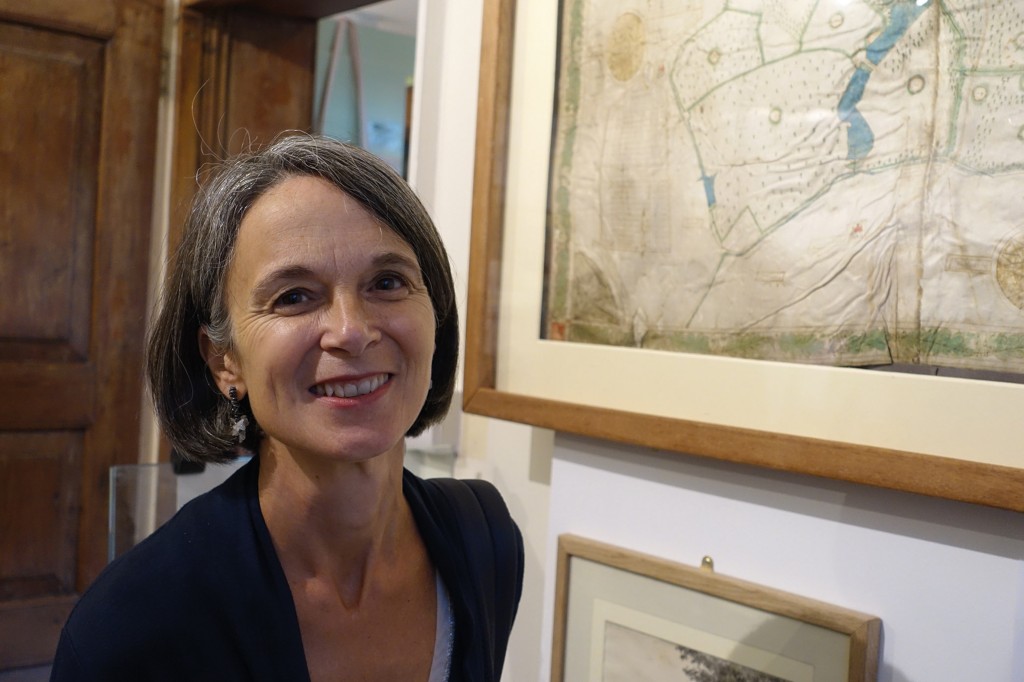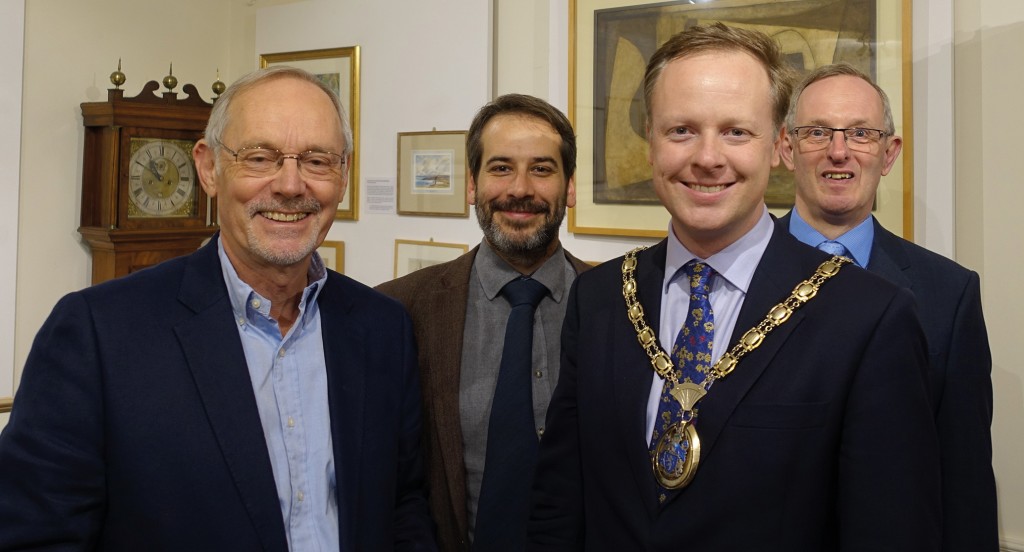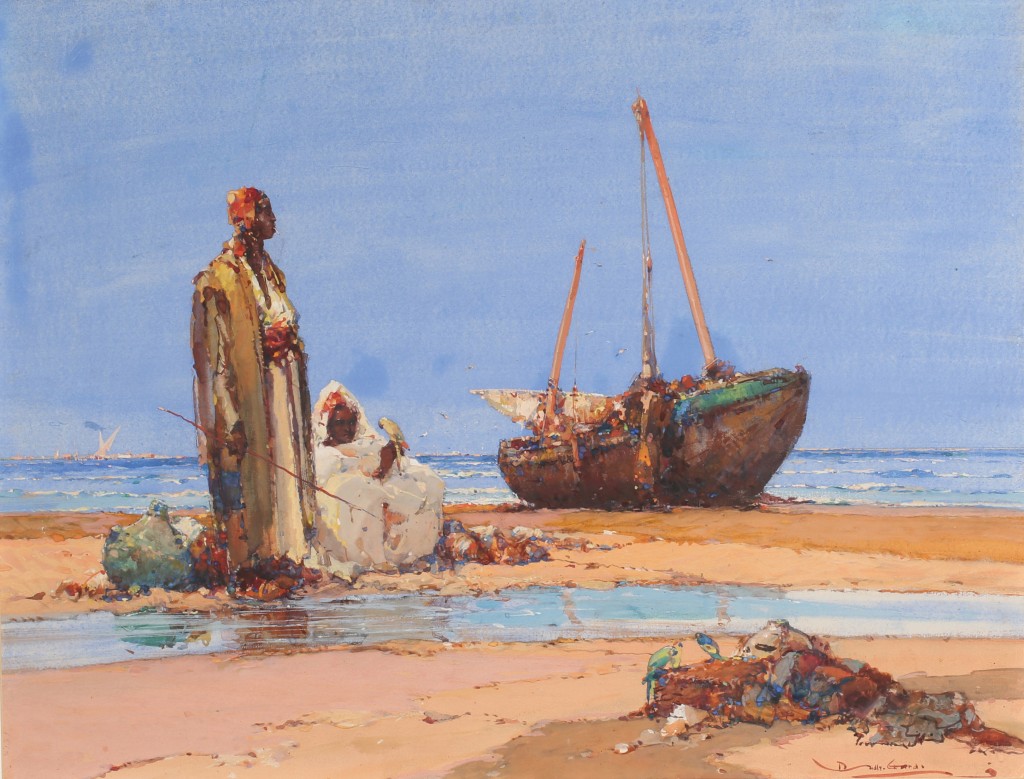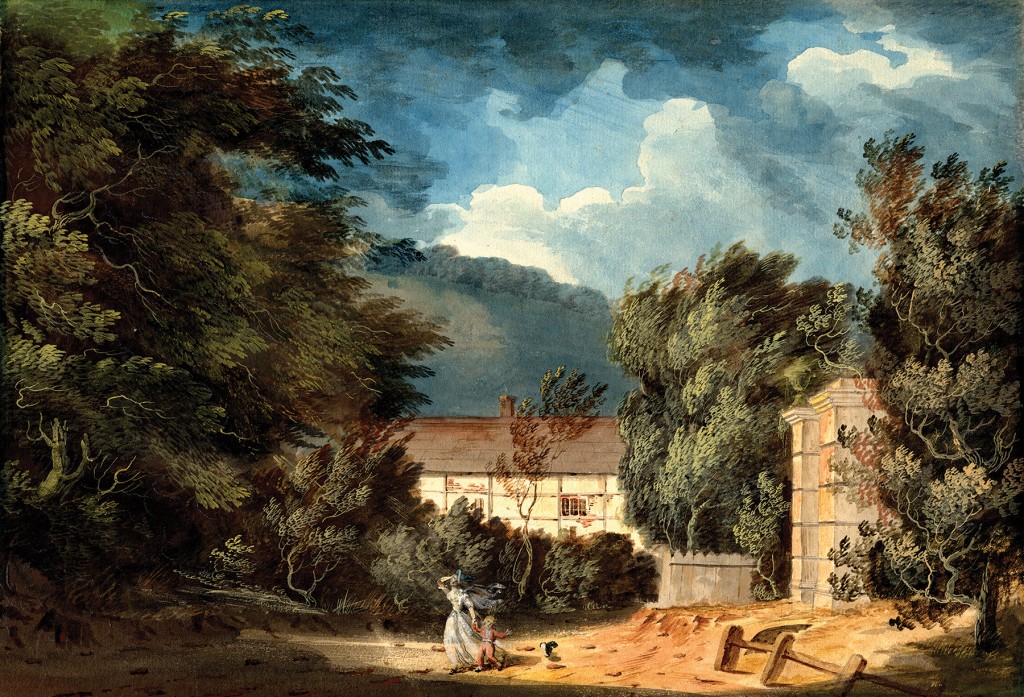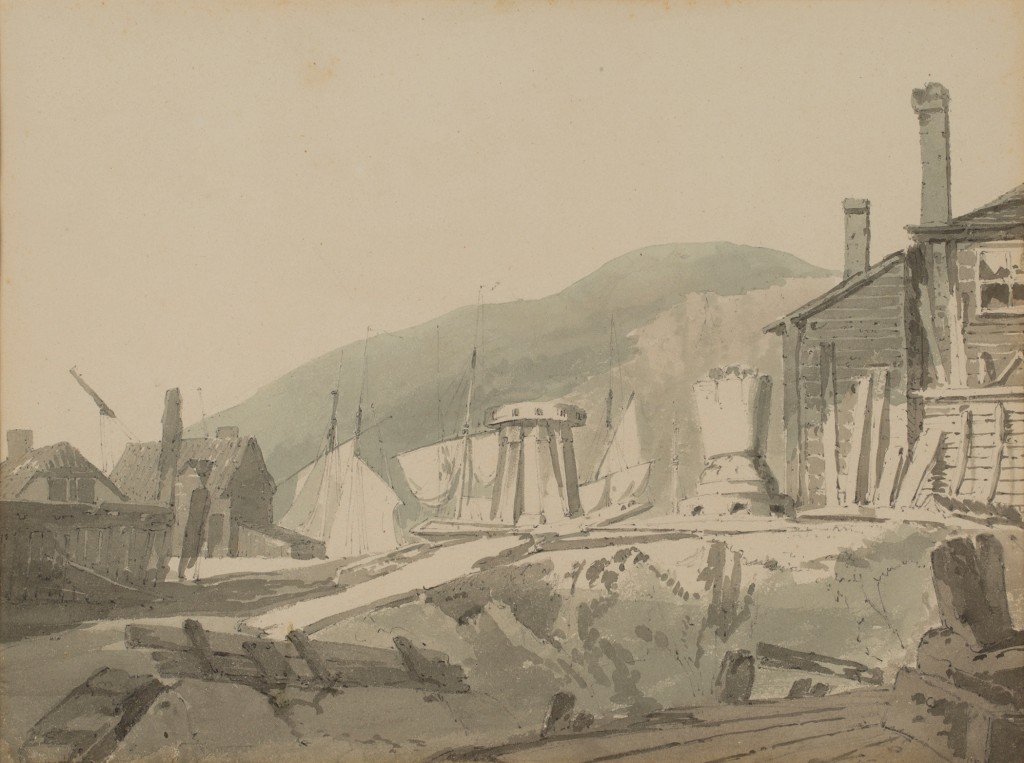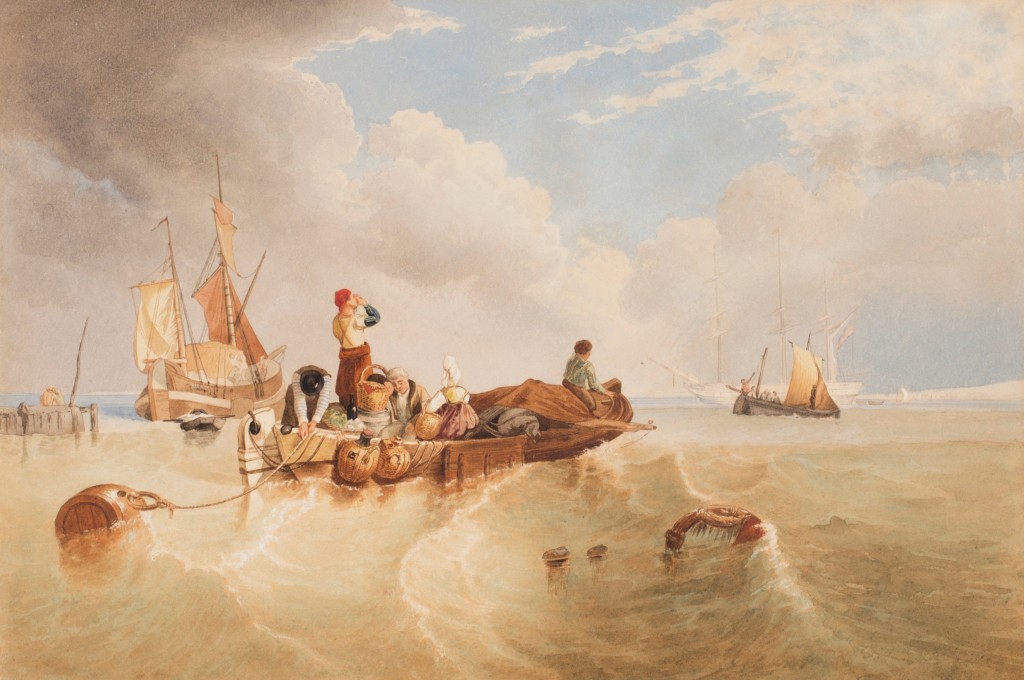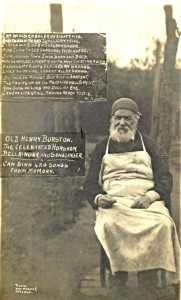
This Saturday a remarkable concert at St Mary’s Parish Church in the Causeway, Horsham, commemorates the life of Henry Burstow who died 100 years ago this year.
Burstow’s love of Bell Ringing and Folk Songs will be celebrated in words, dance, music and bell ringing by the Horsham Bell Ringers, the Horsham Folk Club, the Broadwood Morris Men, the Friends of Horsham Museum and international violinist, Andrew Bernardi, playing the 1696 Stradivarius.
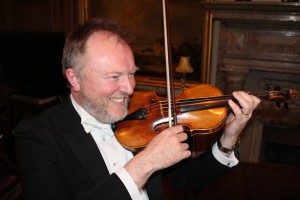
Henry Burstow was Horsham’s cobbler, a bell ringer and folk singer. Writing about his love of folk music Burstow said ‘In learning and retaining all my songs my memory has seemed to work quite spontaneously: many of the songs I learnt at first time of hearing; others, longer ones, I have learnt upon hearing them twice through.’ His knowledge and memory of Sussex folk music drew the attention of Lucy Broadwood and the composer, Ralph Vaughan Williams, who visited the area in 1904.
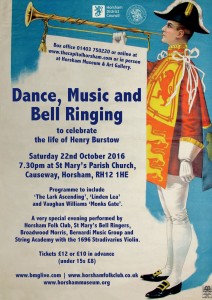
Vaughan Williams’ famous ‘Lark Ascending’ will be performed by Andrew Bernardi and members of his critically acclaimed Music Group, String Academy and Christs’ Hospital Director of music, Andrew Cleary. This extraordinary piece of music rises and falls as though accompanying a skylark’s flight in the folds of the Sussex Downs. The composer was inspired by specific lines from George Meredith’s poem of the same title which dates from 1881. They were originally printed on the flyleaf of Vaughan Williams’ musical score:
‘He rises and begins to round,
He drops the silver chain of sound,
Of many links without a break,
In chirrup, whistle, slur and shake.
For singing till his heaven fills,
‘Tis love of earth that he instils,
And ever winging up and up,
Our valley is his golden cup
And he the wine which overflows
to lift us with him as he goes.
Till lost on his aerial rings
In light, and then the fancy sings.’
There is a Eucharistic quality to the way that Vaughan Williams draws these particular lines together from Meredith’s much longer poem. It never fails to move and uplift me.
Writing about bell ringers in his reminiscences Henry Burstow said ‘To all brother campanologists and friends who remain of the hundreds with whom I have had the pleasure of meeting I offer my kind regards, and thanks for the hearty welcome and good fellowship they have always shown me.’ With bell ringers at the heart of this event you can be assured of a warm welcome on Saturday.
This unique concert takes place this weekend on Saturday 22 October at 7.30pm at St Mary’s Parish Church, Causeway, Horsham, West Sussex, RH12 1HE. Advance tickets are priced at £10 each and can be purchased from the Capitol Box Office by telephoning 01403 750220 and from The Horsham Museum and Art Gallery. Tickets will also be available on the night at £12.50 each. The funds raised by the concert will be donated to the Friends of Horsham Museum. For more information visit www.thecapitolhorsham.com or www.horshammuseum.org.
By Rupert Toovey, a senior director of Toovey’s, the leading fine art auction house in West Sussex, based on the A24 at Washington. Originally published in the West Sussex Gazette.
